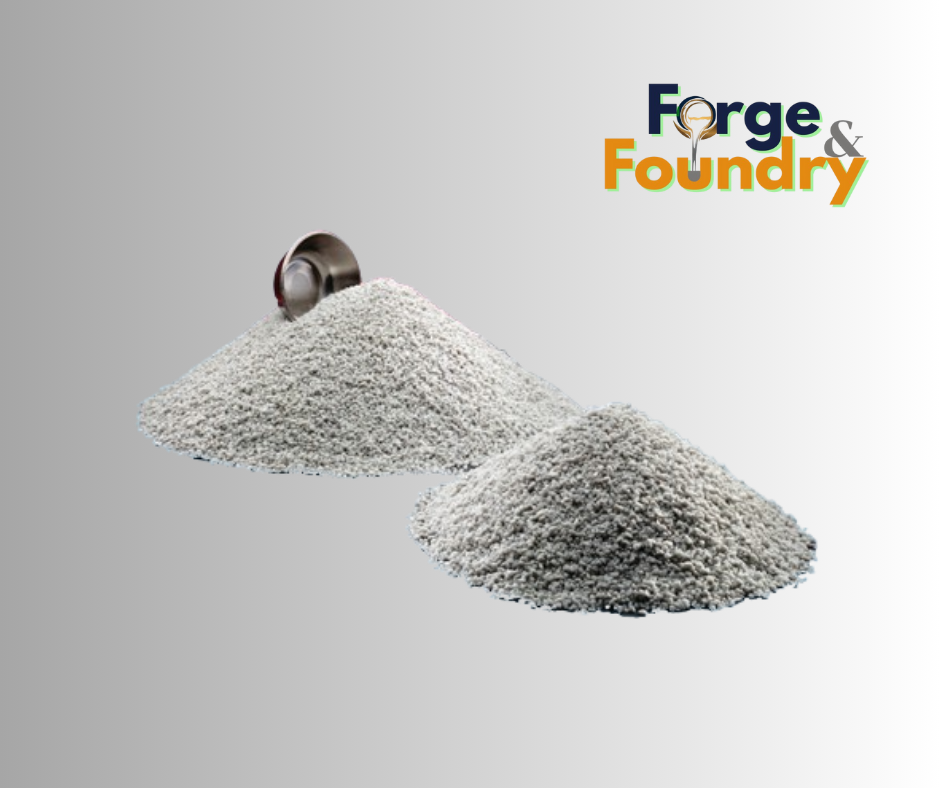
Forge & foundry operations rely heavily on specialized metal casting foundry fluxes to achieve superior product quality and operational efficiency. These crucial chemical compounds are meticulously formulated to address various challenges inherent in molten metal processing, from minimizing impurities to optimizing metal flow. Different types of fluxes exist, each tailored to specific metal alloys like aluminum, iron, copper, brass, and bronze, as well as distinct stages of the casting process. Whether it's a cover flux designed to prevent oxidation and hydrogen pickup, a degassing flux to eliminate dissolved gases, or a refining flux to improve grain structure and mechanical properties, these agents are indispensable for producing high-integrity castings free from common defects such as porosity, inclusions, and hot tears.
The strategic application of foundry fluxes offers a multitude of benefits that directly impact the bottom line of any metal casting operation. By facilitating the removal of unwanted oxides, slag, and non-metallic inclusions, fluxes significantly enhance the cleanliness and purity of the molten metal, leading to stronger, more reliable, and aesthetically pleasing final products. Furthermore, they contribute to increased metal recovery by promoting the separation of valuable metal from dross, thereby reducing waste and material costs. Beyond quality and yield, fluxes can also extend the lifespan of furnace linings by preventing dross buildup and offering a protective layer. Ultimately, the careful selection and application of "forge & foundry's metal casting foundry fluxes" translates into improved process efficiency, reduced scrap rates, and the consistent production of high-performance cast components.
| Benefit | Advantage for Metal Casting |
|---|---|
| Improved Metal Purity | Significantly reduces non-metallic inclusions, oxides, and impurities, leading to cleaner, higher-quality castings. |
| Enhanced Mechanical Properties | By removing defects and refining grain structure, fluxes contribute to increased tensile strength, ductility, and fatigue resistance of the final product. |
| Reduced Casting Defects | Minimizes common issues like porosity, gas holes, dross inclusions, and cold shuts, leading to fewer rejections and less scrap. |
| Increased Metal Recovery | Aids in the separation of valuable metal from dross and slag, maximizing yield and reducing material waste. |
| Optimized Degassing | Effectively removes dissolved gases (e.g., hydrogen) from molten metal, preventing gas porosity and ensuring sound castings. |
| Improved Fluidity and Pouring | Helps to lower the surface tension of the molten metal, allowing for better flow into intricate mold cavities. |
| Extended Furnace Lining Life | Some fluxes help prevent the adherence of dross to furnace walls, reducing erosion and extending the operational life of the refractory lining. |
| Cost Efficiency | By reducing scrap rates, improving yield, and extending equipment life, fluxes contribute to overall cost savings in the foundry. |